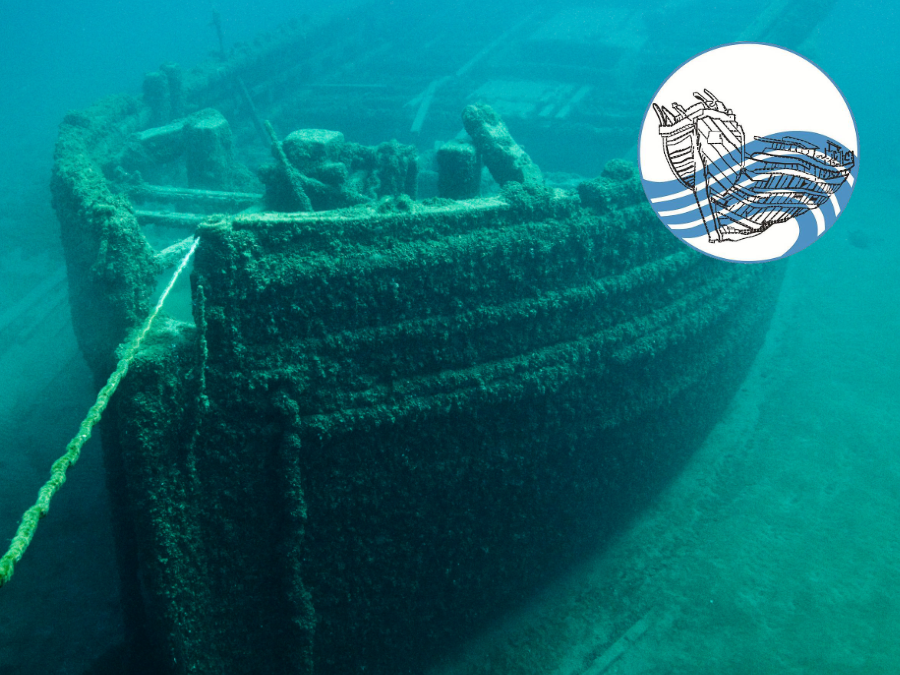
The Convention for the Protection of Cultural Property in the Event of Armed Conflict (Hague Convention) (1954) with its two additional protocolls is an international agreement to safeguard and protect cultural property during armed conflicts. The Convention was set up following the devastation of the Second World War. The subject of protection is cultural property, as defined in Article 1 of the Convention: Moveable and immoveable property of great significance to the cultural heritage of every people.

The Convention on the Means of Prohibiting and Preventing the Illicit Import, Export and Transfer of Ownership of Cultural Property (1970) formulates the minimum provisions for the measures to combat illegal trade, as well as measures to protect our own cultural property, to prevent unlawful export, to protect against the unlawful import of cultural property from other States Parties and to issue requests for return to the country of origin. The Unidroit Convention on Stolen or Illegally Exported Cultural Objects (1995) regulates the return and repatriation of stolen and unlawfully exported cultural property, supplementing the UNESCO Convention of 1970.

The Convention for the Protection of the Underwater Cultural Heritage (2001) aims to promote the protection and maintenance of cultural heritage under water. The focus is on maintaining the cultural heritage on site, closer cooperation between States Parties, as well as determening archeological guidelines and practices to protect and research underwater cultural property. Binding international regulations for dealing with underwater cultural heritage are important due to the particular situation of national sovereignty on the high seas, as well as for cultural goods located in internal waters. The Convention for the Protection of the Underwater Cultural Heritage has not yet been ratified by Austria.

![[Translate to EN:] Schutz von Kulturgut bei bewaffneten Konflikten](/fileadmin/_processed_/9/3/csm_BlueShield_673593bcec.jpg)

